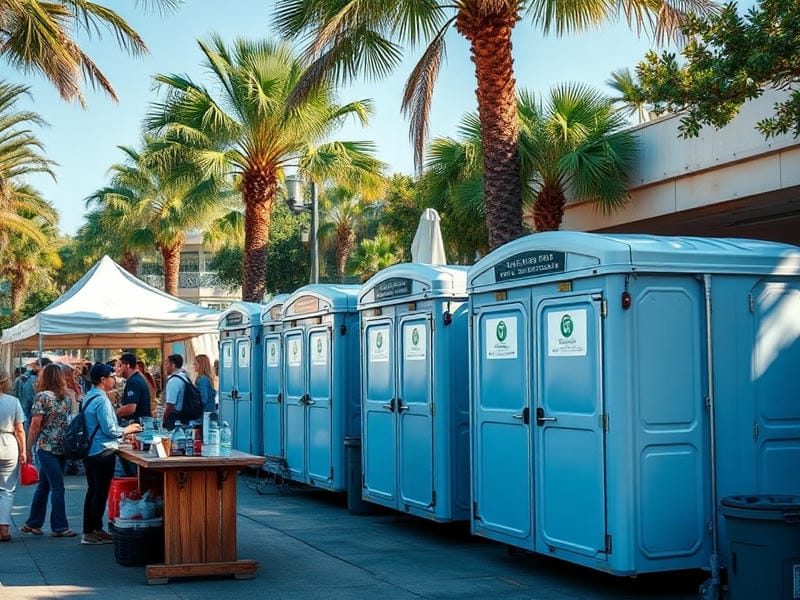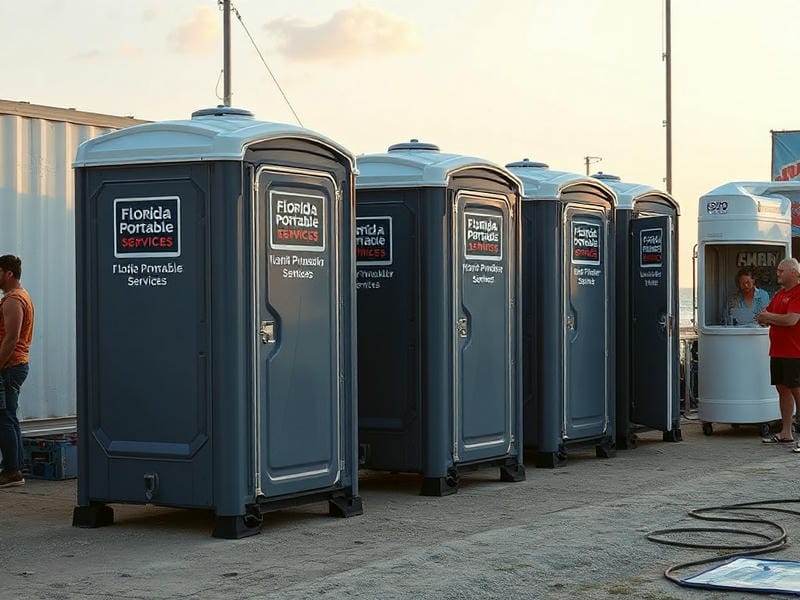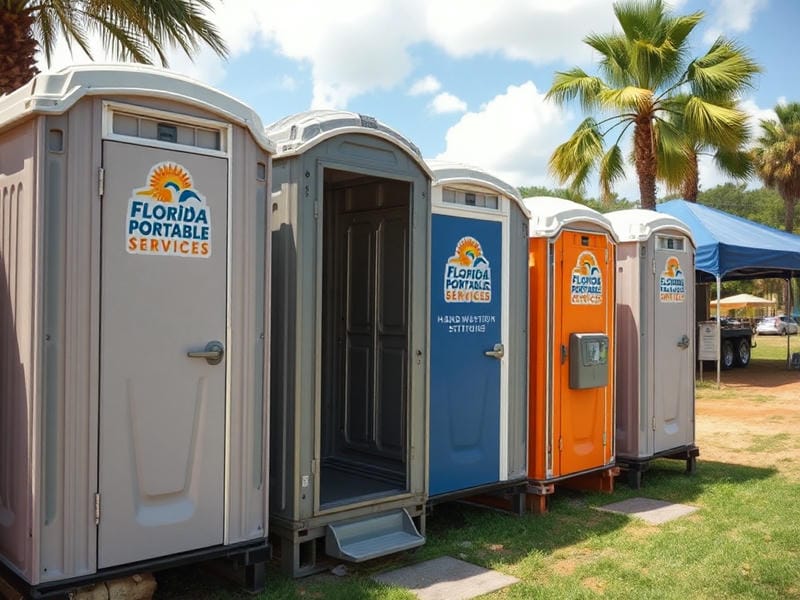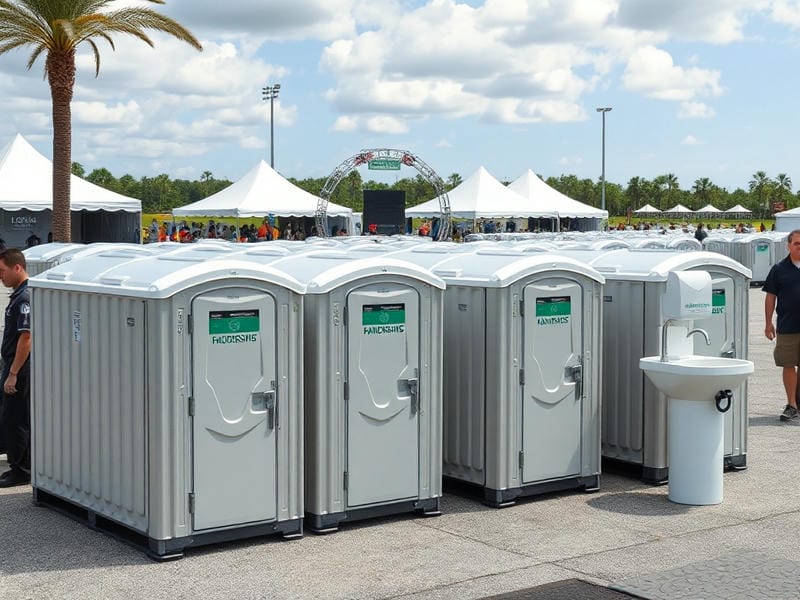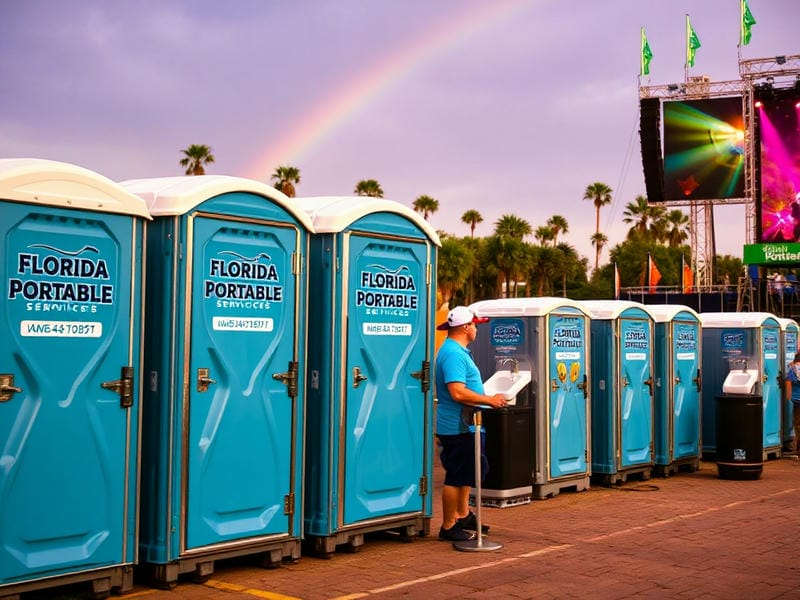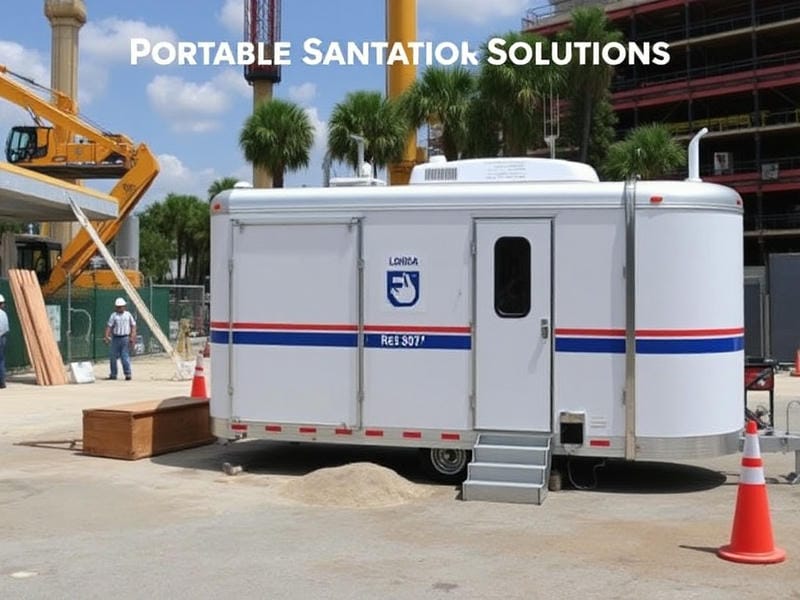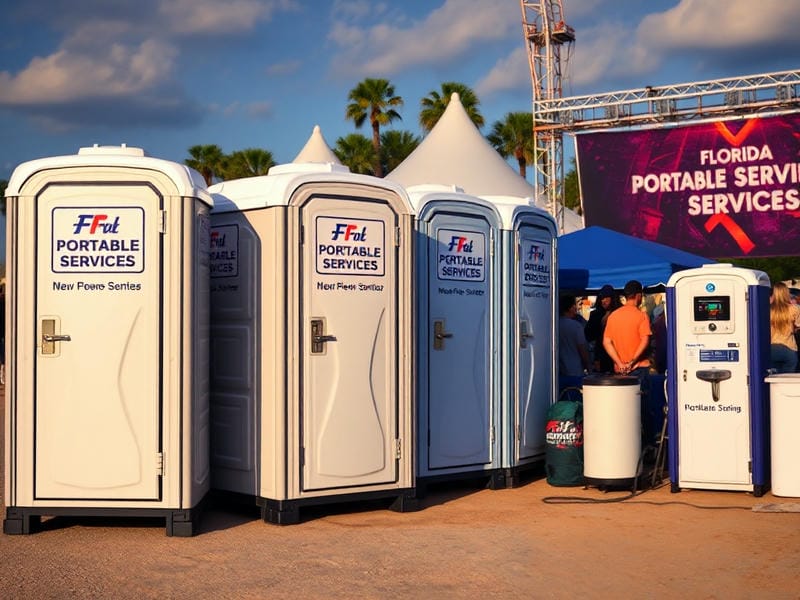
Key Features of ADA-Compliant Portable Restrooms
Meeting ADA Standards in Portable Restroom Rentals
When organizing events or managing outdoor spaces, providing accessible restroom facilities is a crucial consideration. Ensuring that portable restrooms meet the standards set by the Americans with Disabilities Act (ADA) is not only a legal obligation but also a commitment to inclusivity and respect for all individuals. ADA-compliant portable restrooms are designed to accommodate the needs of people with disabilities, offering features that enhance accessibility and comfort.
One of the primary features of ADA-compliant portable restrooms is their spacious interior. These units are significantly larger than standard portable restrooms, allowing ample space for wheelchair maneuverability. The increased square footage ensures that users can comfortably enter, turn around, and exit without difficulty. Porta potties are essential for maintaining hygiene at temporary sites. portable restroom solutions Gainesville Americans with Disabilities Act of 1990. This spacious design is essential for individuals who use mobility aids such as wheelchairs or walkers.
Another critical aspect of ADA-compliant portable restrooms is the presence of accessible entryways. These units often feature ground-level entrances or ramps that provide easy access for individuals with mobility challenges. The door width is also wider compared to regular units, accommodating wheelchairs and ensuring smooth entry and exit. Additionally, these doors typically have easy-to-use handles or latches that require minimal effort to operate.
Inside the restroom, ADA compliance focuses on user-friendly features designed to assist those with disabilities. Support bars or grab rails are strategically placed around the interior to aid in stability and movement within the unit. These bars are particularly helpful for individuals who may need extra support while transferring from a wheelchair to the toilet seat.
The toilet seat itself is positioned at an appropriate height to facilitate easier transfers from wheelchairs. Furthermore, flush controls are often located within reach and require minimal force to operate, ensuring ease of use for all individuals.
Lighting within ADA-compliant portable restrooms is another important consideration. Adequate lighting helps users navigate the space safely and comfortably, reducing the risk of accidents or discomfort caused by poor visibility.
Additionally, these restrooms often include amenities such as sinks with lever-operated faucets that allow users to wash their hands without difficulty. Mirrors are positioned at suitable heights for both seated and standing users, further enhancing convenience.
Beyond physical features, maintaining cleanliness and hygiene in ADA-compliant portable restrooms is essential to meet health standards and provide a pleasant experience for all users. Regular maintenance schedules ensure that these facilities remain clean, stocked with necessary supplies like soap and paper towels, and fully operational throughout their use.
In conclusion, ADA-compliant portable restrooms exemplify an essential commitment to accessibility and inclusivity in public spaces. By incorporating key features such as spacious interiors, accessible entryways, supportive fixtures, adequate lighting, and hygienic amenities, these facilities cater thoughtfully to the needs of individuals with disabilities. Meeting ADA standards in portable restroom rentals not only fulfills legal obligations but also demonstrates respect for diversity among event attendees or public space visitors-ensuring everyone has equitable access to basic necessities while enjoying activities outside their homes.
